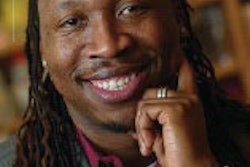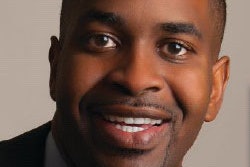Growing up, Dr. Ernesto Javier Martínez split his time between Oakland, California, and a small town near Guadalajara, Mexico. Every other year, the family moved back and forth between the two countries. Martínez’s father, a gardener, was happy that his children would know what it was like to live in the countryside, many worlds away from the urban streets of Oakland.
Moving between two worlds helped Martínez hone his knack for looking at the spaces he inhabited critically, a skill he carried with him as he pursued a bachelor’s degree in English at Stanford University and went on to Cornell University for a master’s and a Ph.D.
“Any time you are alternating different societal locations, that brings with it a whole set of expectations and norms. When they’re very diff erent, you can’t help but compare,” says Dr. Paula M. L. Moya, an associate professor at Stanford.
Moya was Martínez’s adviser at Stanford, and collaborated with him on the Future of Minority Studies Research Project collective, a group of scholars who consider and write about minority identities, initiated in 2000.
Martínez is now an associate professor of ethnic studies and women’s and gender studies at the University of Oregon. Though he is tenured, he is not complacent, and has turned an investigative eye to problems of diversity at institutions of higher learning.
“My core work is on the contributions of racial and sexual minorities to contemporary social theories. I’m also interested in figuring out — not just studying — what’s happening in the institutions where we’re producing this
knowledge,” Martínez says.
Too oft en, Martínez says, institutions champion diversity as a value, but then fail to transform existing practices. One critical example of this is the way in which institutions inadvertently discourage junior faculty of color from taking risks and producing innovative work.




















